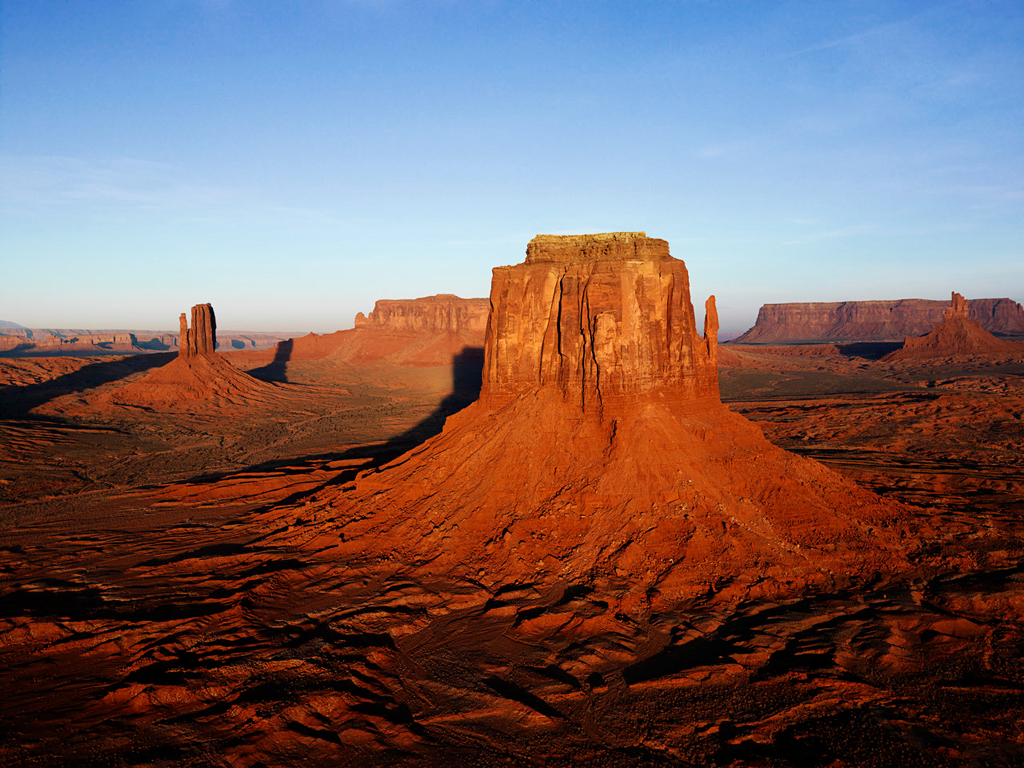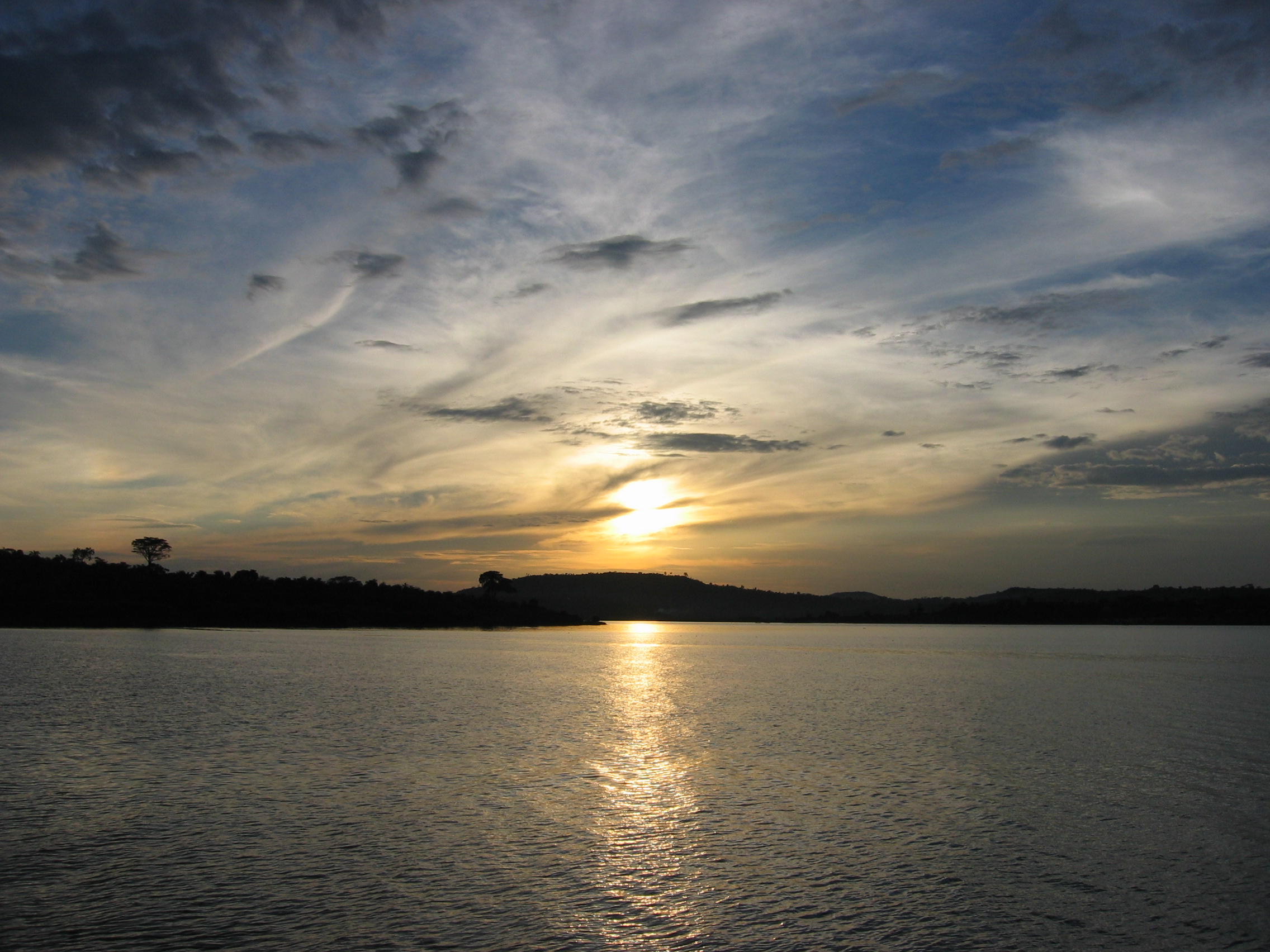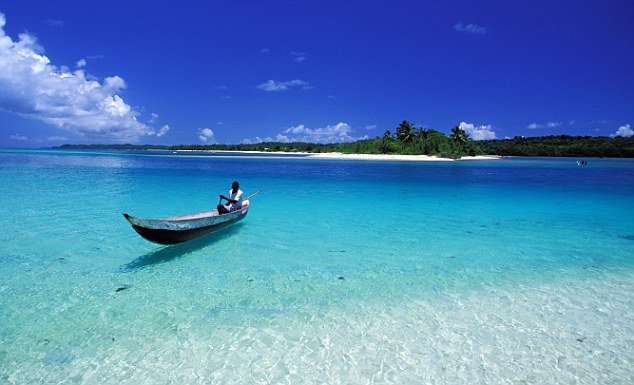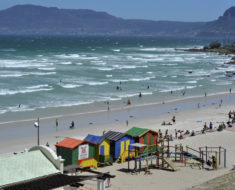Stretching around 360,000 square miles across Botswana, Namibia and South Africa, the Kalahari Desert is not a desert in the strictest sense of the word.
It receives too much rainfall – between 5 and 10 inches annually.
Only its vast expanses of sand, through which precipitation filters rapidly, leaving nothing on the surface, have made the Kalahari into the “thirstland” that early European settlers described.
The desert is part of the 970,000-square-mile Kalahari Basin, which includes the Okavango River Delta and other wetter areas.
The basin encompasses virtually all of Botswana and more than half of Namibia.
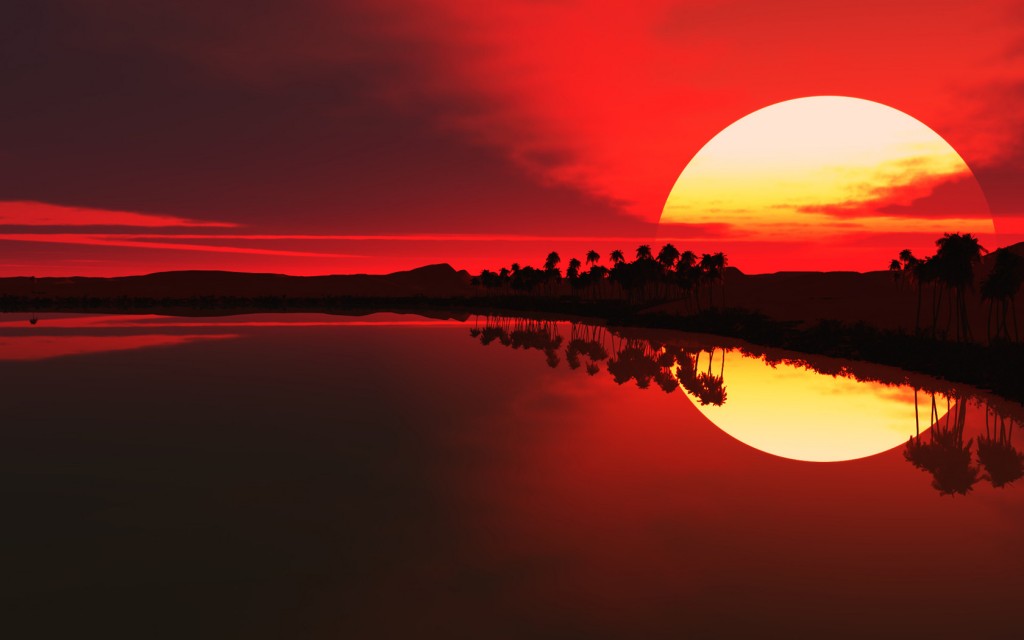
- The video game Mario Kart 64 includes a track called ‘Kalimari Desert’, a reference to the Kalahari Desert which is in Southern Africa.
- The Kalahari Desert covers about 350, 000 square miles from the southern part of the African continent. It includes some parts of South Africa, Namibia and big part of Botswana.
- The Kalahari’s desert name comes from the local word ‘waterless place’. However, for the reason that the Kalahari’s sand retains water greater than some other deserts, there’s a variety of plant life in this desert.
- The Kalahari is generally known as a semi-desert or savannah, as it receives some rainfall has more plants and animals than the usual dry desert.
- From the 1965 film, Sands of the Kalahari several grouped plane crash survivors make an effort to survive in the desert. The Kalahari also features in the movies The Lion king and The Gods Must be Crazy.
- Some of the world’s largest diamond mines can be found in the Kalahari Desert. The vast area is also a rich source of nickel, copper and coal and it is also home to several huge game reserves.
- During summer time, temperatures can reach around 100 degrees, while winter weather temperatures can reach very cold ones. The Okavango Delta is the Only one permanent river that flows within the Kalahari Desert.
- The desert houses many different species involving birds, including the smaller weaver bird. The weaver bird creates huge nests from twigs and grass at the top of poles and trees.
- Several of the world’s most dangerous big cats can be found in the Kalahari Desert, like cheetah, lion and leopard. The large antelope generally known as the Eland is also found here and this animal weights almost 910 kg.
- One of the world’s most well-known cultures, the San Bushmen, has lived in this desert for over 2 decades (20, 000 years). The primitive tribes still live here like they did before.
- Several years ago, the Kalahari Desert had more plants and animals than it does today, and it had hundreds of large lakes. As the seas evaporated, they left huge salt pans, or craters, which could still be seen these days.
- The British television line “Meerkat Manor” was made in the Kalahari Desert.
- The Taa language, spoken by lower than 5, 000 people in this Kalahari Desert is the language with more vowels and consonants than any other language.
- The name Kalahari means “large thirst” in Tswana language.
- The temperatures from the desert are extreme, summer being incredibly hot; while in winter temperatures can go even under 0 degrees.
- The Kalahari is the southernmost desert in the African continent.
- It is the 6 biggest deserts by area on earth and the second biggest in Africa after the Sahara.
- There is a population of Bushmen in this desert. They are mostly hunters-gatherers.
- Thousands of years ago, the Kalahari Desert has been blooming with life because there were many lakes. Nowadays, in the place where the lakes were, large salt pans remain, such as Makgadikgadi Pan, the remains on the once huge Lake Makgadikgadi. Another big pan in this area is the Nxan pan.
- Once a very big irrigation plan was proposed to make parts of the Kalahari Desert suited for agriculture, but nothing happened with that.
- In 1885, the explorer Guillermo Farini published a book about some rock formations that he assumed were ruins of a city. Then other explorers wanted to visit Farini’s ruins, thus a quest to find the Lost City of Kalahari started. Nothing was found and it’s believed that Farini discovered just some natural rock formations in South Africa.
- Did you know that Kalahari Desert is featureless? Yap, that undulating, sand-covered plain that’s about 3, 000 feet above sea level is sort of featureless. Its bedrock is exposed from the low yet vertical- walled hills called kopjes.
- Did you also know that the entire west part of Kalahari Desert has extended chains of dunes, and they’re oriented generally to the northwest? Some dunes can measure to a length of at least 1 mile and also a height of about 20 – 200 feet. The dunes are divided from one another by some broad parallel depression that’s locally been named straat- meaning a street or lane.
- The Kalahari Desert covers an amazing 350, 000 square mile. It is known as a semi-desert as it will get some little rainfall and supports more animals and plants compared to the other conventional dry deserts.
- Kalahari Desert is very rich with minerals in addition to resources. Did you know that the Kalahari Desert has a lot of the largest diamond mines in the world? I guess you now know. The area is also very rich with pennie, copper, and coal. If you thought the Kalahari Desert is an area with minimal activity you might eventually notice it’s quite an active region.
- Kalahari Desert covers about three major countries. As I’d earlier stated this vast area covers section of South Africa, most of Botswana and Namibia. Meaning this Desert is found in the southern section of Africa. The desert hosts this World’s oldest culture generally known as the San Bushmen.
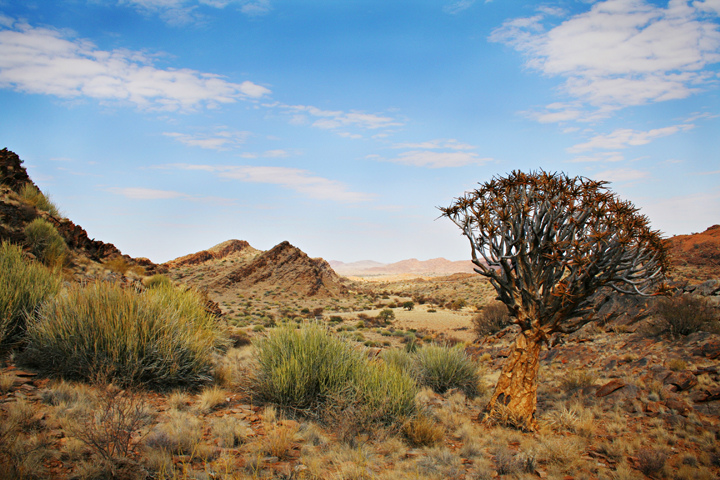
- It is believed how the Kalahari Dessert came in order to existence approximately 60 thousand ago almost in the same time frame of the formation of the Africa continent. The Dragon’s Breath Cave is usually an example of this deserts water reserves and it is one of the largest documented non-sub-glacial underground lakes for the entire universe.
- The Kalahari Dessert closely resembles a lot of the Australian deserts in the same latitude and the function of formation.
- The above should summarize some surprising Kalahari Desert Facts, though the area is very abundant with facts which might be quite surprising to me. Kalahari seems to have plenty of plenty activity going on and proves that it is quite an interesting spot to experience and go to as a tourist where you have many things that you can do.
- The desert of Kalahari is a uniquely, pleasing experience. The Kalahari is a few changing landscapes which might be not confined to 1 country but span to Botswana, Southern Africa and Namibia. It is the southernmost desert in Africa and as I said before it covers a massive area of 900, 000 km². The surrounding basin covers a much greater area, extending into Angola, Zimbabwe and Zambia although its distinctive red sands could be found as far away as the Democratic Republic of Congo.
- The Kgalagadi Transfrontier Park (in South Africa and Botswana) has a great collection of secured wildlife as does this massive Central Kalahari game Reserve in Botswana.
- Although we have now treated them as another destination, the vast Pans of Makgadikgadi, the largest in the entire world, are actually part on the Kalahari region. There are also a great number of other pans in the place (e. g. Nxai Pan) which are full with water during the summer time rains and attract some animals.
- The San Bushmen still occupy parts of Kalahari and search and track animals in traditional ways, using a bow and poison arrow, while in the same time gather fruits and roots. These are Africa’s oldest living origin and sadly their standard of living is quickly disappearing – that is your chance to see an old culture before it can be lost forever!
- Most of the Kalahari is just not a ‘true desert’, and mainly because it receives an average rain of between 75-250 mm each year, greater than the minimum requirements for any desert. It can be exceptionally hot in the summer season where the temperatures reach 40°C although the seasonal rains do alleviate the warmth and attract animals towards pans and waterholes. While in spring, flowers and crops bloom transforming the typically barren landscape into the oasis of color and add life to this desert. The winter is pretty dry and while daytime temperatures are a lot more bearable, it can get quite chilly through the night.
- Gwtting here really depends whether you intend to experience the Kalahari in South Africa, Namibia or even Botswana.
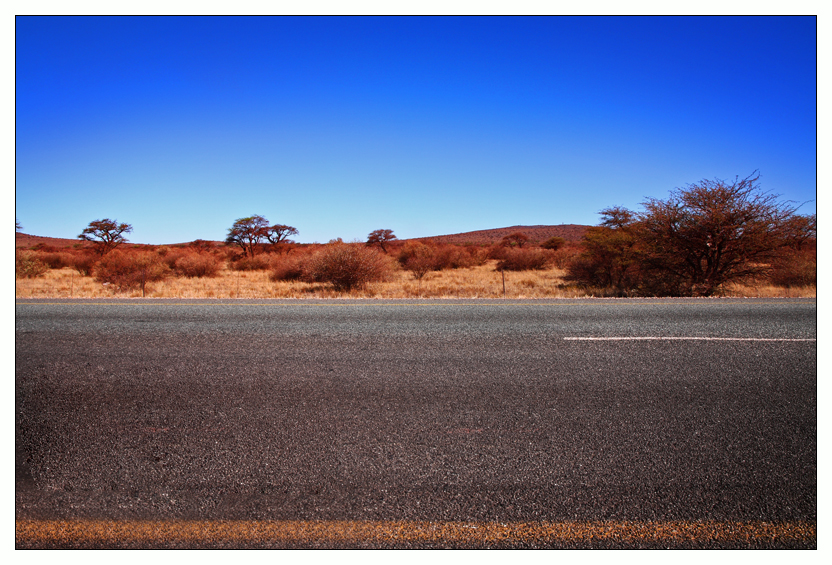
- Most visitors that go to the Kalahari Desert tend to travel to the Central Kalahari game Reserve, an absolutely enormous reserve in the middle of the country. The closest town is Maun, with regular flights from Johannesburg, Cape Town along with other destinations in Botswana. Most travelers will likely then take a private charter flight in to the camp of their decision, since Maun is still far awayf from the reserve to Makgadikgadi.
- Travellers can also go and check out the Kgalagadi Transfrontier Park which spills around into Botswana. To arrive here, you need to take an internal flight with South African ‘Airlink’ to Upington from either Cape Area or Johannesburg. The Twee Rivieren Entry Gate is approximately three hundred km north of Upington and the only way to go there is by driving.
- The Kalahari is situated in the south and east of Africa and travelers combine it with a trip to this majestic Fish River Canyon. Getting the Kalahari Desert is not easy; it is a very, very long drive from either Southern Africa or Windhoek. As such most travelers check out Botswana to experience the Kalahari since it is the most practical option.
- The Kalahari is usually an ideal travel destination if you also go and visit the Chobe National Park plus the Okavango Delta, which will give you a real sense of Botswana.
- One of the diverse deserts on earth is Mojave Desert. You will find five regions on this desert. Some of them include southwestern, northern, central, southern central and western regions.
- Desert is considered as the driest area on earth. It only gets 10 inches of rain on a yearly basis. There is a little number of plants that can survive in Deserts and its areas. You will only get to see the low vegetation plants right here. You can walk in a desert and view the bare soil that the desert has. The size of a desert is estimated 33 square km.
- The formation of a desert depends on the soil condition and topography of a specific land. In the Asian and North American desert, it’s formed as a result of tectonic movement which has effects on the lowland sedimentary plains.
- Moving into a desert can be difficult for a person. The high intensity of sun light with lack of water may make your living there very difficult. It will likely be hard for a human to survive in such conditions, with no water and food.

- Deserts generally receive lower than 40cm (16in) of rain a year.
- Around one third on the Earth’s surface is filled with deserts.
- Originally ‘Desert” means ‘A Abandoned Place’.
- Only around 20% deserts on Earth are covered in sand.
- Other large deserts include the Gobi Desert of Asia, the Kalahari Desert in Africa, the Patagonian Desert in South America, the Great Victoria Desert in Australia, the Great Basin Desert in America and the Syrian Desert in the Middle-East.
- Deserts have very reduced humidity.
- Despite the extreme conditions, deserts are home to a selection of plant life including various cacti and shrubs. They are also home to animals for example lizards and coyote.
- With not enough water, the high temperatures in the daytime and also sometimes freezing conditions through the night, deserts can be very dangerous places for individuals.
- Deserts can be beneficial locations to farm power from the sun.
